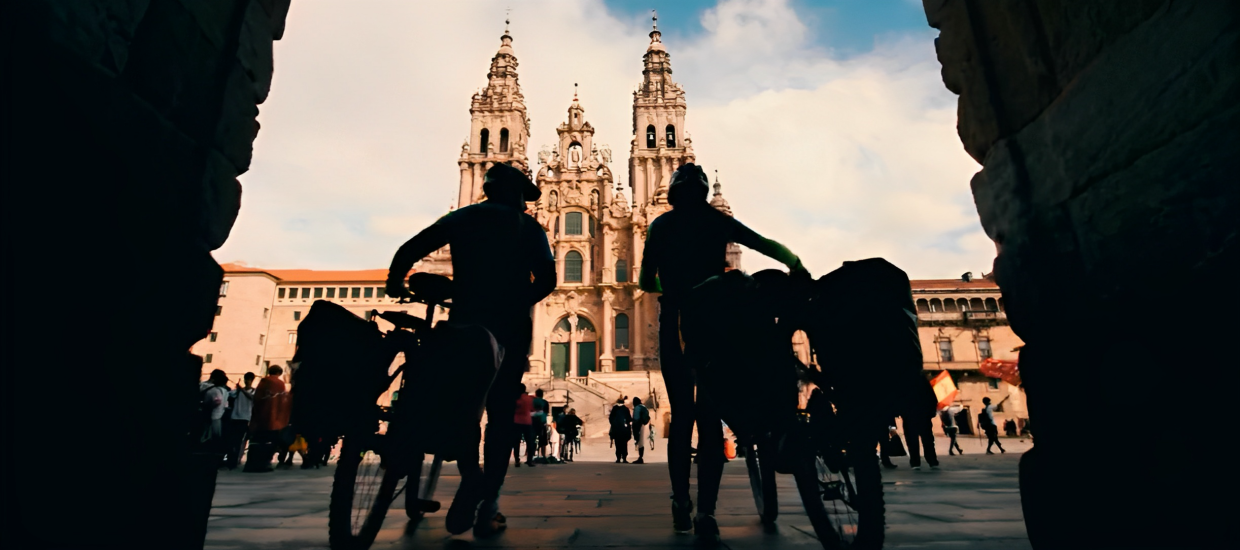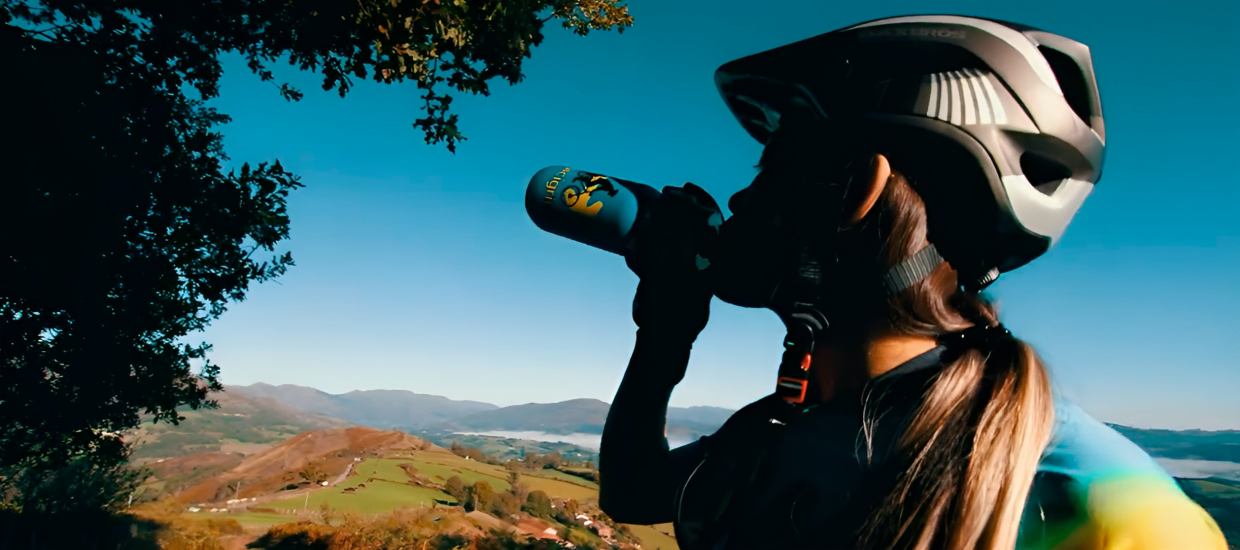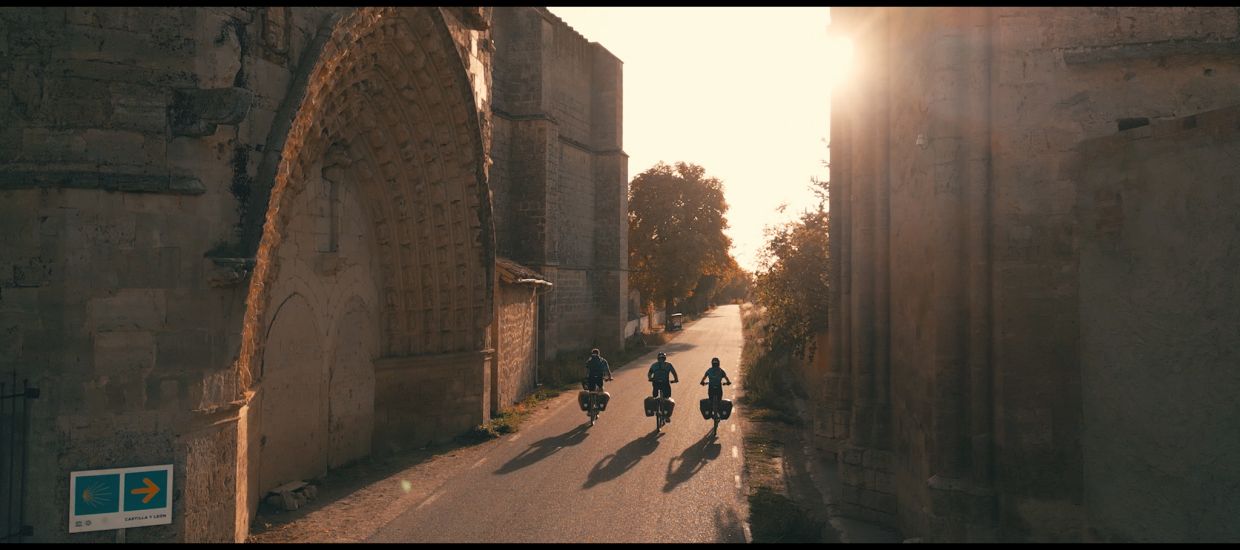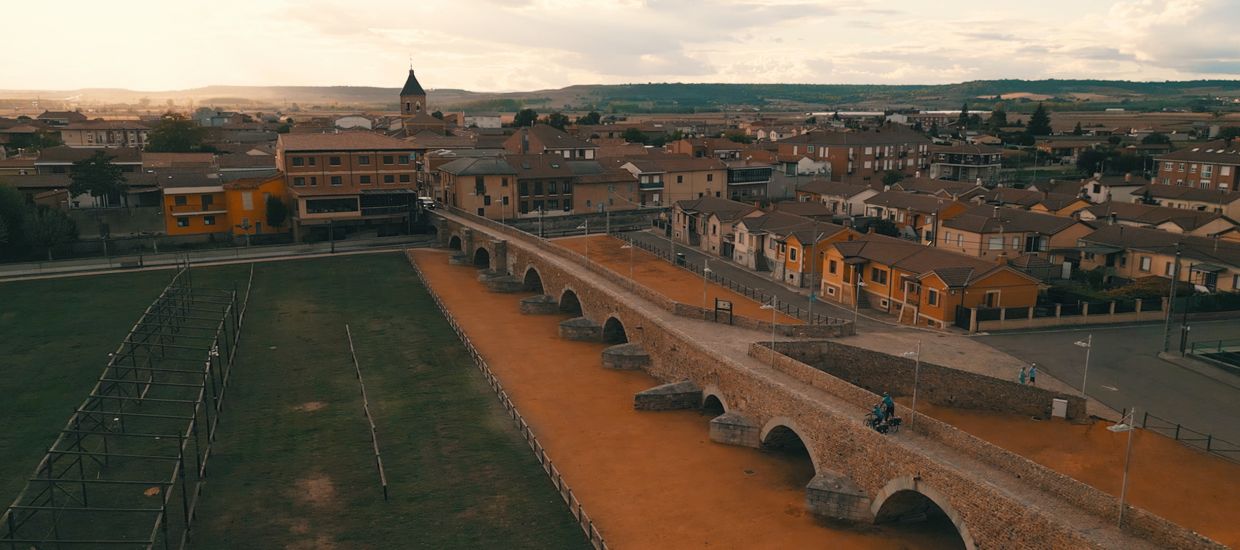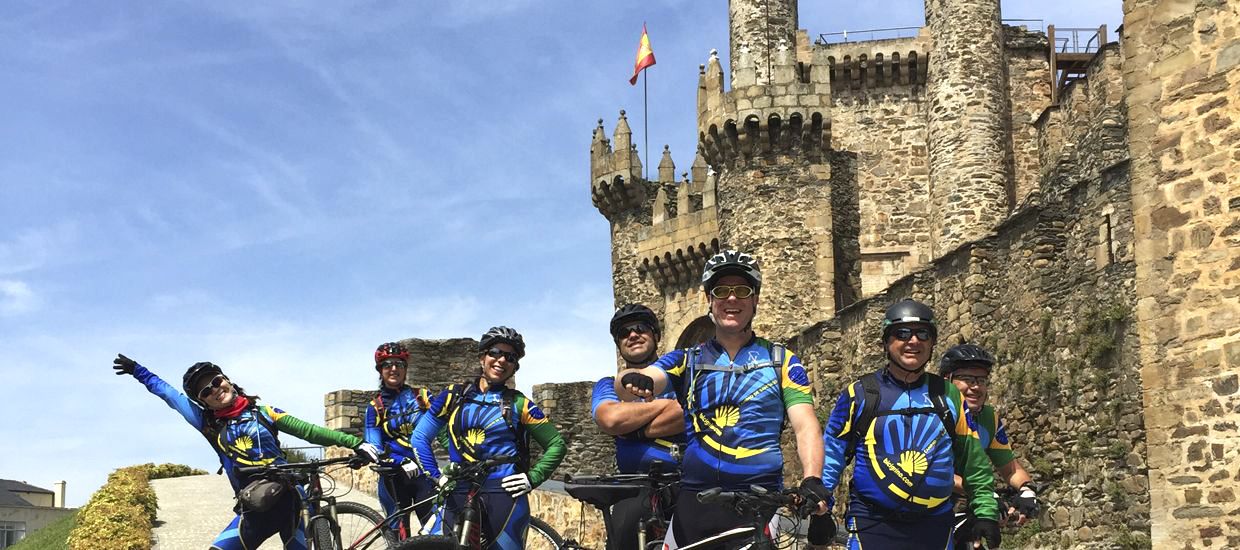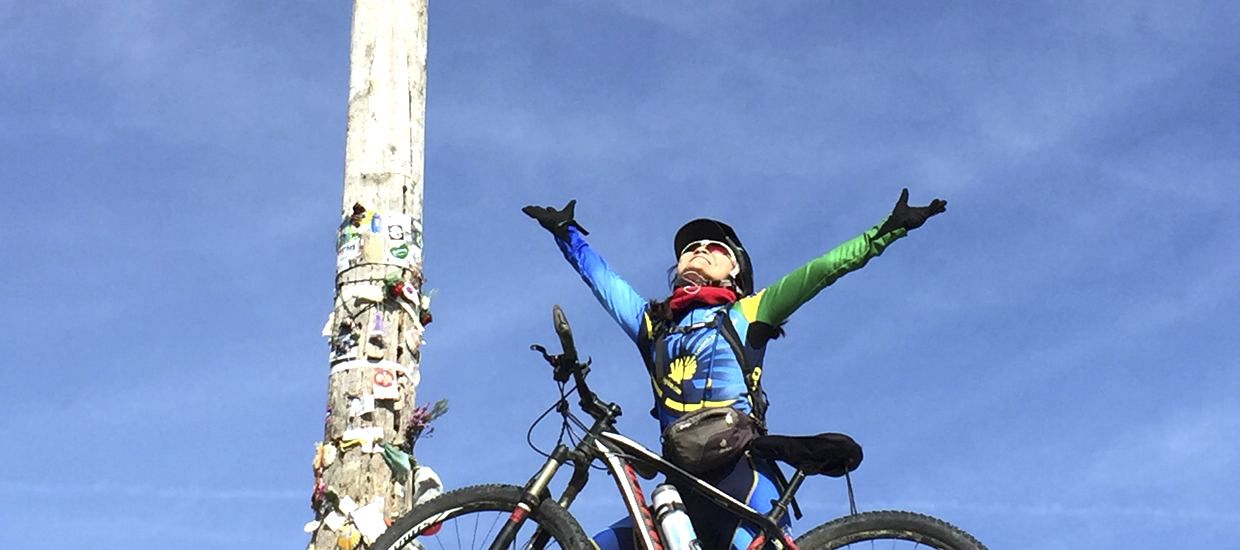Stage 8, León – Rabanal del Camino



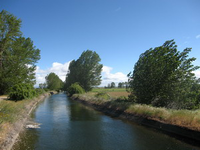


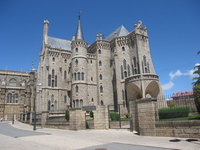

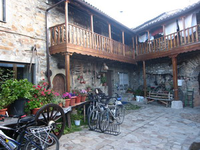
The exit of Leon is as chaotic or more as the entrance, to find the Hostal of San Marcos, unique monument of the capital and the Camino de Santiago, I had to ask at least three times. Once there we find the bridge of the same name (San Marcos), and after it, some avenues and streets make us finally leave this beautiful but poorly signposted city.
We head to Trobajo del Camino. This town rather than a village, is today a district of León, we cross it by a long avenue. We have to go through an overpass that avoids the railway and head to the church of the Virgin of the Way, from where we can get out (finally) to the open spaces again. Although we can not claim victory, because a little later we find an under construction zone and again the chaos and confusion takes hold of us … two different areas vie for being the path of the Camino de Santiago and some cross out signs and arrows of the others … I do not know if I chose or if I had no choice but to take the variant of Villar of Mazarife, and from what I heard later I venture through an area more secluded and with less villages.
After climbing to a plateau, we arrive at a large area of flat and long straights, as I said before covering long distances before finding a town.
In the stage I did, the headwind did not let me enjoy the scenery, it was an ordeal to pass through this area and the progress was very painful.
In the next picture you can see clearly the power of the wind on the trees in the area of “Las Matillas” 4 km. away from Villar de Mazarife.
From Villar de Mazarife, the Camino enters in to some farm tracks, along irrigation canals and orchards passing through Villavante, finally leading us to Hospital de Órbigo, where we first observe and then go through the long and impressive bridge. In this bridge the knight Suero de Quiñones challenged, with his spear, 300 knights.
Upon leaving Órbigo and after crossing it we are again offered two alternatives on the route: Continue along a path close to the road in the left or continue to the right towards Villares de Órbigo. The right variant, which circulates away from the road and by a couple of towns, is more cozy, but I recommend the left variant as it is short and direct.
Both variants converge at the intersection of San Toribio, on a mountain pass from which we can see a wonderful view of Astorga, the mountains of León at the background and the Cantabrian Mountains on the right.
We face a sharp descent to San Justo de la Vega and then after passing the railway through a level crossing we approach Astorga. Once at the entrance, we will have to overcome a steep slope to get to the Plaza Mayor and through beautiful streets we head to visit Gaudi’s Episcopal palace and the impressive cathedral.
At the exit of Astorga, we find ourselves with a trail that runs near the road and we can guess, in the distance, the mountains of León, where one of the most important milestones of Camino de Santiago awaits us, the mountain pass of the iron cross.
We leave behind the grain fields and moors and we move into a mountainous area which now insinuates a slight rise, the next town is Murias de Rechivaldo. We are in the region of Maragatería, which we can not leave without trying the famous maragato stew.
The route continues in a straight line, starting a gentle but steady rise always by wide forest tracks, to the intersection of Santa Catalina de Somoza, where the path and county road are almost confused.
Straight and with an eye to the peaks of the mountains we reach Santa Catalina de Somoza and Ganso, from where always climbing gently we get to Rabanal del Camino, the end of our stage, at the side of the climb of the iron cross, which we can face the next day with renewed vigor.
Here I found the best hostel in the whole Camino, for its facilities and the friendliness of the owner. The hostel Ntra. Señora del Pilar. Isabel treats pilgrims as if they were her family, here the pilgrims and bike-pilgrims feel at home. It is like Eden.

Earth

Tracks GPS
